Treating Down syndrome – Dual Diagnosis of Down syndrome and Autism
BM24 may help with dull-mindedness and loss of mental vigor. It is useful as a brain tonic for students.
Down syndrome is the most common genetic chromosomal disorder and a known cause of learning disabilities in children. Mayo Clinic defines it as “a genetic disorder caused when abnormal cell division results in an extra full or partial copy of chromosome 21”.
Down syndrome causes physical changes in individuals, lifelong intellectual disability, and developmental delays. Its severity varies among individuals. Understanding Down’s syndrome and acting early can significantly improve the quality of life of individuals with this condition and help them live more fulfilling lives.
Often, people with Down syndrome are also diagnosed with Autism. Knowing how to navigate this dual diagnosis is key to maintaining your family’s well-being.
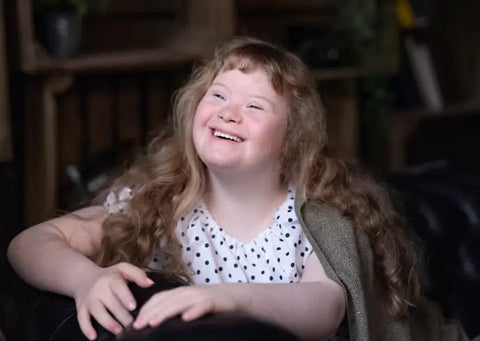
Down Syndrome causes
There are no known behavioral or environmental factors that cause Down syndrome.
Down syndrome is the result of abnormal cell division occurrence, involving chromosome 21. Human cells normally contain 23 pairs of chromosomes – within each pair one comes from your mother, and the other from your father. These cell abnormalities result in an extra partial or full chromosome 21, responsible for the characteristic features and developmental problems of Down syndrome.
The following genetic variations can cause Down Syndrome:
- Trisomy 21. This genetic variation is caused by abnormal cell division during the development of the sperm cell or the egg cell. When it occurs, instead of the usual two copies of chromosome 21 in all cells, the person with Down syndrome has three copies. About 95% of the time, Trisomy 21 is the cause of Down Syndrome.
- Mosaic Down syndrome. This rare form of Down Syndrome is caused by abnormal cell division after fertilization. In this mosaic of normal and abnormal cells, a person has only some cells with an extra copy of chromosome 21.
- Translocation Down syndrome. It occurs when a portion of chromosome 21 becomes attached (translocated) to another chromosome, before or at conception. In simple words, the person has the usual two copies of chromosome 21 but also has additional genetic material from chromosome 21 attached to another chromosome.
What are the symptoms of Down syndrome?
Down syndrome manifests differently in each person - intellectual and developmental problems may be mild, moderate, or severe. Some people can be healthy while others struggle with significant health issues, including serious heart defects.
-
Physical symptoms
Children and adults have distinct facial features and not all people have the same features.
Infants with Down Syndrome are usually of average size, but they grow slowly and remain shorter than other children the same age.
The most common physical features of people with Down syndrome are:
- A flattened face
- A small head
- A short neck, with excess skin at the back of the neck
- Upward slanting eyelids
- Decreased or poor muscle tone
- Unusually shaped or small ears
- Wide, short hands with short fingers
- Small feet
- Excessive flexibility
- Short height
- Tiny white spots on the iris (the colored part of the eye), called Brushfield spots.
On top of this, children with Down syndrome have slower physical development. Their poor muscle tone may cause difficulties in learning to turn over, sit, stand, and walk. Despite these learning delays, they can still learn to participate in physical exercise activities like other children.
Children with Down syndrome will take longer to reach developmental milestones compared to others.
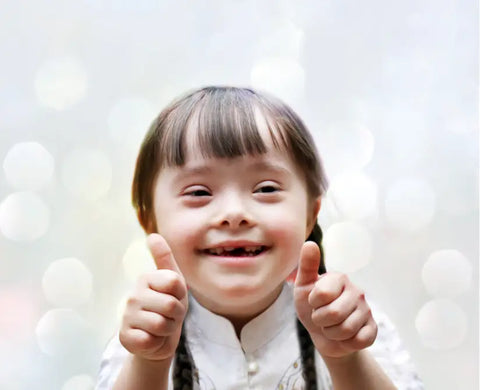
-
Intellectual and developmental symptoms
Concerning intellectual disabilities, most children with Down Syndrome have mild to moderate cognitive impairment, in which language and speech development is delayed, thinking and learning poses difficulties, and both short and long-term memory are affected.
Some other common cognitive and behavioral problems for people with Down syndrome can be:
- Short attention span
- Poor judgment
- Impulsive behavior
- Slow learning
Hyperactivity & Impulsiveness Solution is best used for reducing hyperactivity and restlessness. It may calm, soothe, and reduce mood swings. Also, it may improve concentration, memory, attention span, and focus, calm overactive minds, and reduce aggression.
Developing the necessary communication skills takes them longer than other children, but most of them get there eventually.
Something that can help to encourage expressive language and improve their speech is early, ongoing speech and language interventions. You may find it very helpful.
What is it like having a child with Down syndrome?
This video from NHS can help you understand…

Health complications
People with Down syndrome are at a greater risk of developing health complications, especially when they get older. Some of them are:
- Heart defects. Half of the people with Down syndrome are born with some type of congenital heart defect, which can be life-threatening and may require surgery in early infancy.
- Gastrointestinal defects. These occur in some children and include abnormalities of the intestines, esophagus, trachea, and anus. There is also an increased risk of developing digestive problems, such as gastrointestinal blockage, heartburn, or celiac disease.
- Immune disorders. Down syndrome comes with an increased risk of developing autoimmune disorders, some forms of cancer, and infectious diseases.
- Sleep apnea. With the soft tissue and skeletal changes that lead to the obstruction of their airways, people with Down syndrome are at a greater risk of obstructive sleep apnea.
- Obesity. Compared to the general population, people with Down syndrome are more likely to become obese.
- Spinal problems. Some children and adults with Down syndrome may have a misalignment of the top two vertebrae in the neck (atlantoaxial instability), putting them at risk of serious injury to the spinal cord from overextension of the neck.
- Leukemia. The risk of having leukemia increases among children with Down syndrome.
- Dementia. Down syndrome increases the risk of developing dementia. Its signs and symptoms may begin around age 50.
Some of these associated conditions may require immediate care after birth, occasional treatment throughout childhood and adolescence, or long-term treatments throughout life.
Down syndrome treatment
Research shows that early intervention and treatment improve outcomes for children with Down syndrome.
The treatment depends on each individual’s physical and intellectual needs, their personal strengths and limitations, and their different stages of life. There is no single, standard treatment for Down syndrome.
If your child has Down syndrome, he or she will likely receive care from a team of health professionals, including physicians, special educators, speech therapists, occupational therapists, physical therapists, social workers, pediatric cardiologists, pediatric gastroenterologists, and pediatric endocrinologists. Your child’s health care team will depend on his or her needs.
Building a team of health care providers, teachers, and therapists you trust will help you feel more supported and improve your child’s quality of life.

Several therapies for Down syndrome can be used in early intervention programs and throughout people’s lives to promote greater development, independence, and productivity.
- Physical therapy helps build motor skills, increase muscle strength, and improve posture and balance. Physical abilities lay the foundation for other skills and help infants learn about the world around them and how to interact with it.

- Speech-language therapy helps children improve their communication skills and use language more effectively.
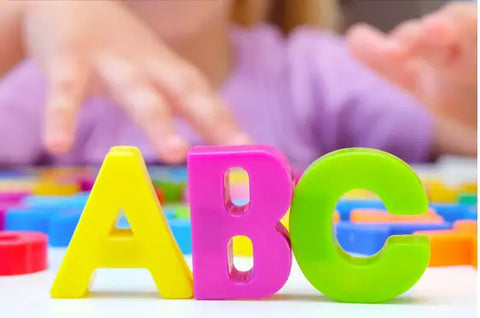
- Occupational therapy helps meet your child’s needs and abilities by teaching everyday tasks and conditions. In this type of therapy, self-care skills (eating, getting dressed, writing, and using a computer) are taught.

- Emotional and behavioral therapies aim to find useful responses to your child’s desirable and undesirable behaviors. Children with Down syndrome may get easily frustrated because of communication difficulties, may develop compulsive behaviors, or have Attention Deficit Hyperactivity Disorder among other mental health issues. This type of therapy looks for ways to understand aggressive behaviors, creates ways and strategies to avoid and prevent them, and teaches more positive ways of responding to different types of situations.

Parents of children with Down syndrome often seek alternative therapies to enhance cognitive function and improve their appearance. Natural supplements are usually the common choice. Cell therapy, plastic surgery, hormonal therapy, and massage therapy have also been used.
Despite the lack of scientific studies on the use of alternative therapies in people with Down syndrome, it is a common option.
On the other hand, antioxidants seem to be theoretically promising for treating cognitive, immune, malignancy, and premature aging problems associated with Down syndrome. Another finding is that medication for Alzheimer’s may also benefit individuals with Down syndrome.
Some holistic tips to treat Down syndrome…
The following holistic self-care steps and herbal remedies from Ayurvedic medicine may be helpful to create a higher quality of life for individuals with Down syndrome:
- Boosting immunity improves immune function, reduces infection rates, and stimulates growth. There are a few ways to boost immunity, starting with better sleep, a healthy diet, and practicing exercise, but some people also use the following:
- Grape seeds are rich in vitamin C and very effective to boost the whole immune system;
- Cow colostrum contains vitamins, micronutrients, proteins, and minerals that help build and strengthen the immune system and secure the body against diseases.
- Bhumi amla helps fight disease and eliminates toxins. It strengthens and enhances the whole immune system.
- Green tea is useful for the immune system and boosting cells.
- Supporting digestion is also important.
- Amla (Emblica Officinalis) stimulates the secretion of digestive juices and aids digestion.
- Haritaki (Terminalia chebula) suppresses the formation of gas and relieves constipation.
- Bahera (Terminalia bellerica) is useful in acidity and constipation. It also helps with the loss of appetite.
- Dhania (Coriander sativum) or coriander improves appetite and relieves constipation and gas.
- Pippali (Piper longum) or piper is useful in low appetite and indigestion cases.
- Jeerak (Cuminum cyminum) or cumin is commonly used to improve appetite.
Carbo Ani 30C may help with weak digestion, nostalgia and mournful feeling of isolation, headache in the open air (aggravated by damp weather), and discharge of pus from the ears.
- Practicing exercise improves strength and endurance which can be compromised in people with Down syndrome.

- Getting and keeping enough calcium in the body is essential for healthy bones, muscles, and nerves.
- Parval Pishti (coral) helps with bones' degeneration and promotes the skeleton's strength.
- Akik Pishti (Agate) is effective for low bone density.
- Mukta Pishti (pearl) supports low bone density.
Calc Phos may help with feelings of exhaustion when recovering from an illness. Effective natural therapy for growth problems, including late tooth growth and broken bones. Useful for thin and anemic individuals.
- The herb ashwagandha helps with debilitating conditions, fatigue, stress, anxiety, palpitation, and nervous breakdowns; strengthens the muscles; and calms down the system. It is a nervine tonic and improves physical and mental stamina, and it has been given to children with Down syndrome.
Instant Calm Formula provides effective natural support for anxiety, frustration, sleeplessness, and stress. It may promote calm, comfort, and focus.
What are the differences between Down’s syndrome and Autism?
Autism spectrum disorder (ASD) and Down syndrome are complex and lifelong conditions.
Autism is a condition related to brain development that affects a person’s abilities in language, social interaction, and behavior.
Doctors identify autism by observing and assessing a child’s behavior and developmental history.
Unlike Down syndrome, it is usually impossible to notice autism just by looking at someone.
As discussed above, Down syndrome is caused by the occurrence of abnormal cell division and is more frequent to happen in pregnancies with mothers aged 35 or more, but Autism can be caused by:
- Genetics: gene mutations or family history.
- Environmental factors: pesticide exposure during pregnancy or birth trauma that restricted the supply of oxygen to the infant.
- Biological factors: infection or inflammation during pregnancy.
While autistic people are more introverted and appear withdrawn, people with Down syndrome are commonly social and friendly.

People with Down syndrome develop their language and speech similarly to typically developing children, but more slowly. However, autistic people don’t follow the usual pattern of language development – some never speak, others learn to speak, and then lose language development.
Other differences include:
|
Autism |
Down syndrome |
|
The diagnosis can happen early by a child psychiatrist or psychologist. |
The diagnosis can be via prenatal testing before birth or immediately after birth through direct observation. |
| No physical traits. | Distinct physical traits, including distinctive facial features. |
| Minimal or no use of gestures. | Use of signs and symbolic gestures. |
| Possibility of disabilities that range from learning difficulties to cognitive deficits. | Mild to moderate Down syndrome may not come with mental disabilities. |
| Difficulties in understanding social cues and social communication. | Easier understanding of social cues and social communication (mild to moderate Down syndrome) |
| May act as though other people are inanimate objects. | Tries to copy others. |
| Parallel play (plays beside others). | Joint attention (plays with others). |
Having said that, autism exists on a broad spectrum and has a variety of behavioral expressions. So, some people use gestures, have common language skills, and enjoy playing with other kids.
Similarities of Autism and Down syndrome
Both Down syndrome and Autism include:
- a preference for routine,
- expressive language differences,
- atypical eye contact,
- sensory differences,
- repetitive play,
- challenging behaviors,
- focused interests,
- anxiety,
- reduced reciprocal conversation,
- and developmental differences.
Dual diagnosis of Down syndrome and Autism
Autism and Down syndrome are two separate conditions, but it is possible to have both.
Research states that about 20% of individuals with Down syndrome have a dual diagnosis of Autism.
Since Autism is diagnosed by observing behavioral differences, it is not as noticeable in children with Down syndrome.
If your child with Down syndrome seems less social than others, there is a possibility of a dual diagnosis of Down syndrome and Autism.
It can be challenging to diagnose autism in a child with Down syndrome. Parents need to observe, monitor, and note any changes in behavior.
Some examples of behavior you should notice in a child with both autism and down syndrome are:
- Children younger than 3 years:
- Children older than 3 yours:
- Teenagers:
Keep in mind that these behaviors are completely normal at certain points of development in children with Down syndrome, and developmental regression is expected in children with moderate to severe Down syndrome. However, when they become pervasive and extreme, there is a possibility of an autism diagnosis.
What to do after a Dual Diagnosis?
The parents of children with a dual diagnosis report higher levels of stress. To help maintain and improve your family’s well-being, you may want to do the following:
- Boost your support system.
- Learn more about autism in children with Down syndrome.
- Seek counseling if you are struggling with difficult emotions.
- Join social media support groups for children with dual diagnoses.
A correct formal diagnosis will help your child receive proper services and a better quality of life.
The first thing you can do is work on a plan with your child’s physician, educational team, therapists, and other members of your child’s healthcare team. This is crucial to maintain your child’s quality of life, as the plan you had for your child’s Down syndrome single diagnosis will not be enough.
You may have to incorporate treatment related to autism into your plan. Click here for common treatment options and here for alternative support options.
Behavioral interventions help your child develop new skills. Some of the most common include ABA (Applied Behavior Analysis) services and behavioral therapy.
ABA (Applied Behavior Analysis) is an intensive type of therapy focused on increasing behaviors that are helpful for daily living while decreasing those that are disruptive.
Certain medications or natural supplements can also help your child, as they can help with sleep disturbances and explosive behaviors that result in aggression, irritability and anxiety, hyperactivity, poor attention, and self-injury. Again, check with your child’s pediatrician to see what the best options are.
Bottom line
Down syndrome does not have a cure. However, by intervening early, you can help improve your child’s skills with treatment programs that include speech, physical, occupational, and/or educational therapy, and significantly improve their quality of life.
It is also important to understand the dual diagnosis of Down syndrome and Autism to make sure your child has the proper treatment that ensures a high quality of life.



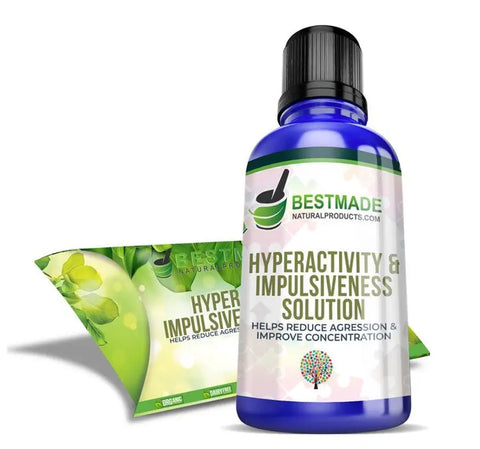


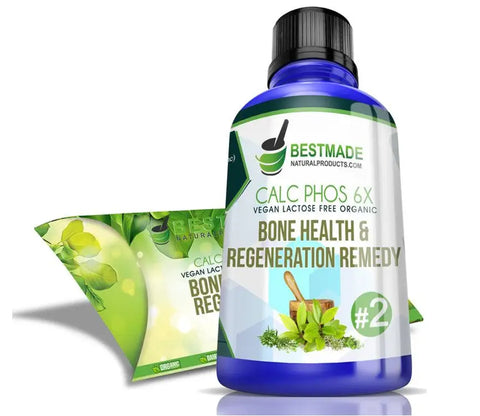

Leave a comment